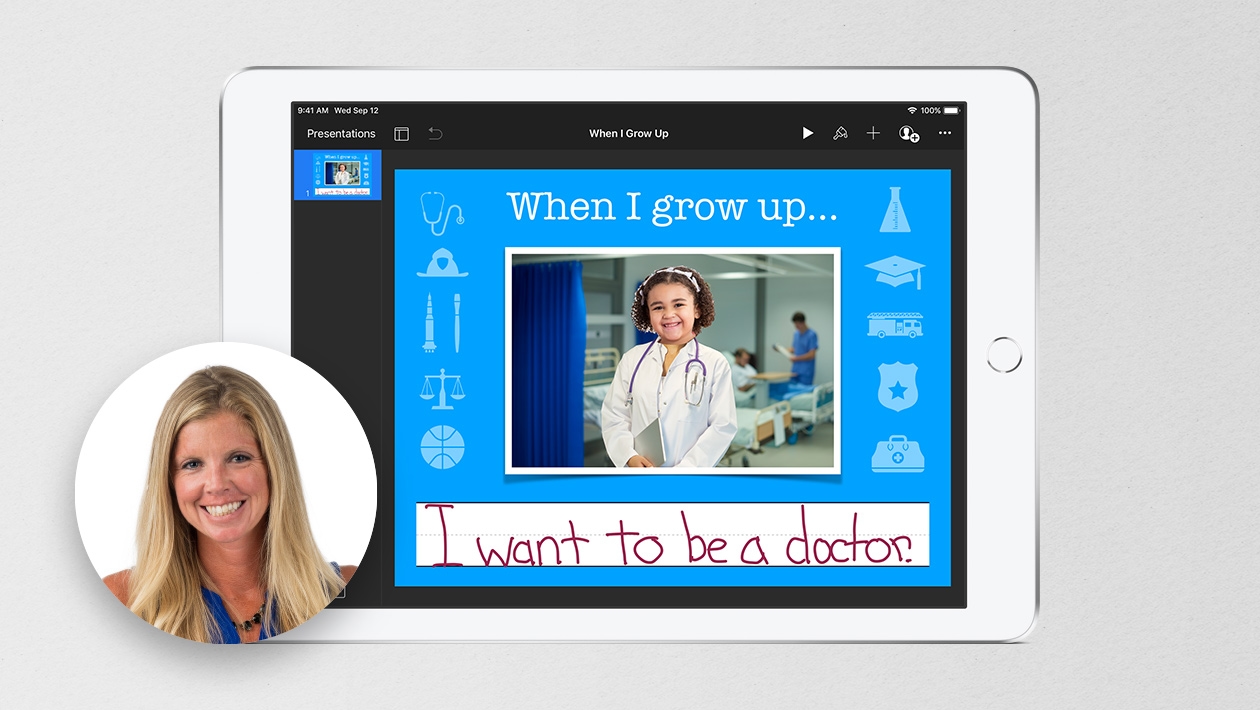This article draws from best practices in storytelling and facilitation during a two-day storytelling workshop at Canadian ADE Academy held in Montebello, Quebec, to outline practical strategies for helping educators amplify student voices and showcase learning through storytelling. The session was led by Dr. Shawn Lennie, with support from other Canadian ADEs. The academy was a wonderful opportunity to connect with Educators from across Canada. As a Drama Educator, Technology Resource Teacher, and coach with 18 years of experience, I attended the ADE Academy 2024, which was one of the most fulfilling and inspiring and relit my passion for storytelling.
Why Storytelling Matters in Education
Storytelling is an essential part of the learning experience. It helps students understand the world around them, express their ideas, and connect with others in meaningful ways. Whether in language arts, science, social studies, or STEAM subjects, storytelling enhances critical thinking, communication, and creativity.
However, many students are hesitant to share their stories due to fear of judgment, a lack of confidence, or uncertainty about how to begin. As educators, we must create an environment where students feel safe, supported, and empowered to share their narratives.
Creating Conditions for Effective Student Storytelling
1. Establish a Culture of Storytelling
Before students can share their stories, they need to feel safe and valued. Start by:
- Incorporating daily reflections that encourage students to express thoughts, experiences, or ideas.
- Normalizing storytelling by sharing your own stories and modelling vulnerability.
- Encouraging student choice—allowing students to tell their stories in various formats (oral, written, visual, digital).
Tip: Use the analogy of jumping into a pool—many students hesitate to share their thoughts just as they hesitate to jump into deep water. Help them take the first step by providing structured activities and encouragement.
2. Engage Students with Storytelling Techniques
Not all students naturally see themselves as storytellers. Here are some effective low-barrier entry points:
Story Beats Framework
Guide students through the three key phases of storytelling:
- Opening: Engage emotions and curiosity.
- Middle: Introduce a challenge or struggle.
- Ending: Show resolution and growth.
Interactive Activities to Spark Stories
- Story Cubes: Use images or objects to inspire creative narratives.
- Newspaper Game: Transform dry facts into engaging stories by focusing on “who, what, when, where, and why.”
- Thin Slides: Encourage concise storytelling by limiting students to one key idea per slide.
3. Simplify the Storytelling Process
A common barrier to storytelling is overthinking. Students often feel that their stories must be perfect before sharing. Encourage simplicity and authenticity by:
✅ Setting Creative Constraints
- Tell a story in 30 seconds (forces students to focus on the essential message).
- Limit storytelling to six words per sentence (teaches precision).
- Use only three images to convey an idea (builds visual storytelling skills).
✅ Focusing on Emotion, Not Perfection
The best stories don’t need complex narratives; they need emotional connection. Teach students to prioritize meaning over structure.
✅ Encouraging Drafts & Iteration
Like any skill, storytelling improves with practice. Have students draft, revise, and refine their stories in a low-risk, supportive environment.
4. Integrate Digital Storytelling Tools
Digital tools make storytelling more engaging, accessible, and multimodal. Students can:
- Create short-form videos using Clips or iMovie to document learning.
- Develop animations with Keynote to visualize their ideas.
- Record audio reflections or mini-podcasts to share personal insights.
Digital storytelling also enables collaboration and accessibility, allowing students to share stories with peers, families, and broader audiences.
5. Foster Reflection and Growth
To help students see the power of their own stories, facilitate meaningful reflection:
- What made this story powerful?
- How did telling this story make you feel?
- What could make your storytelling even stronger?
Frame storytelling as a growth process, reinforcing that the goal isn’t perfection but rather improvement, expression, and connection.
Final Thoughts: Storytelling as a Tool for Student Success
✅ Builds Confidence – Students gain the courage to express their thoughts and experiences.
✅ Enhances Communication Skills – Storytelling strengthens clarity, organization, and persuasion.
✅ Deepens Learning – When students narrate their experiences, they retain and reflect on knowledge more effectively.
✅ Fosters Connection & Empathy – Stories help students understand each other’s perspectives and build community.
By embracing storytelling in the classroom, educators can help students move from passive learners to active creators. Whether through oral narratives, digital media, or creative projects, storytelling transforms learning into a personal and meaningful journey.
What story will your students tell next?









Attach up to 5 files which will be available for other members to download.